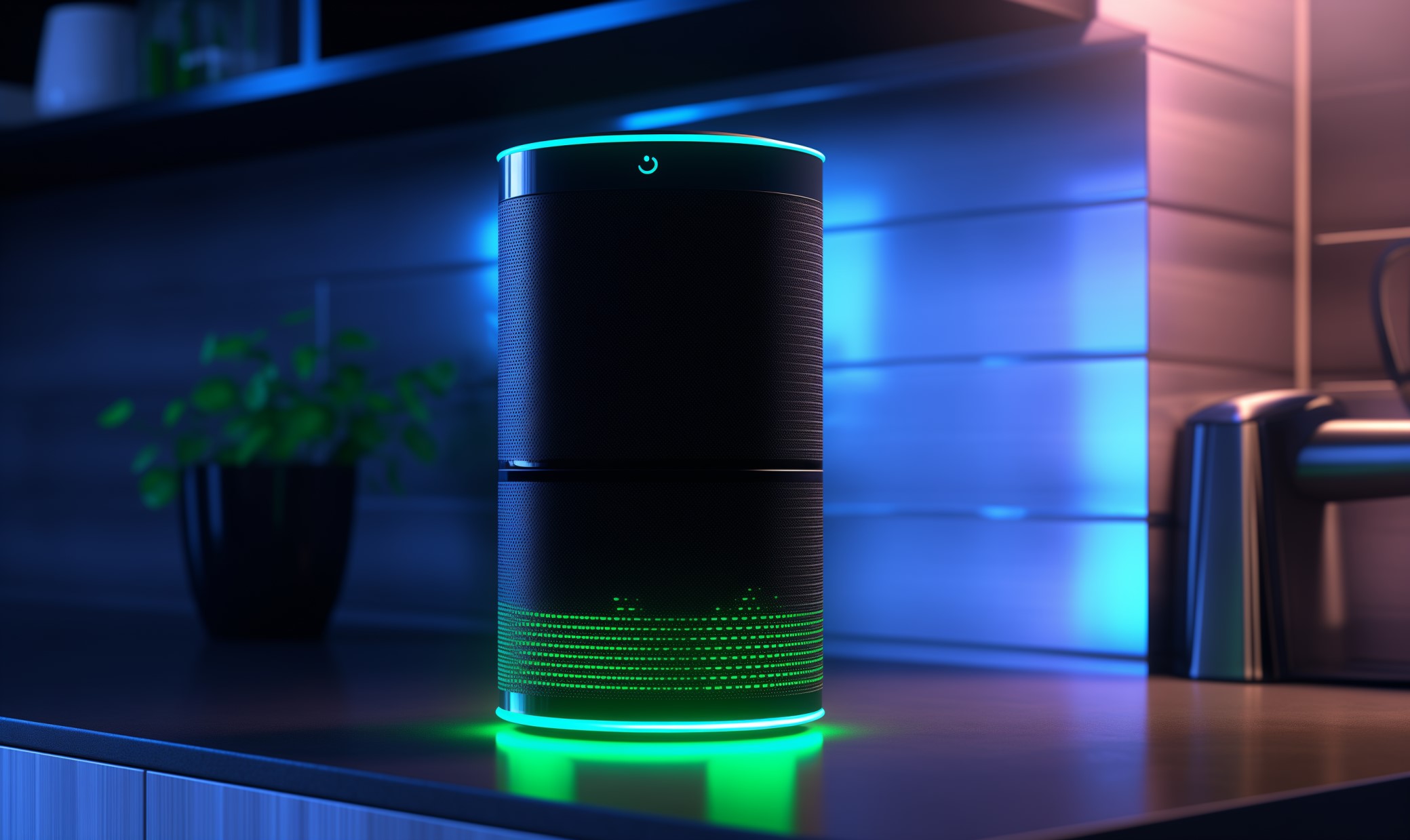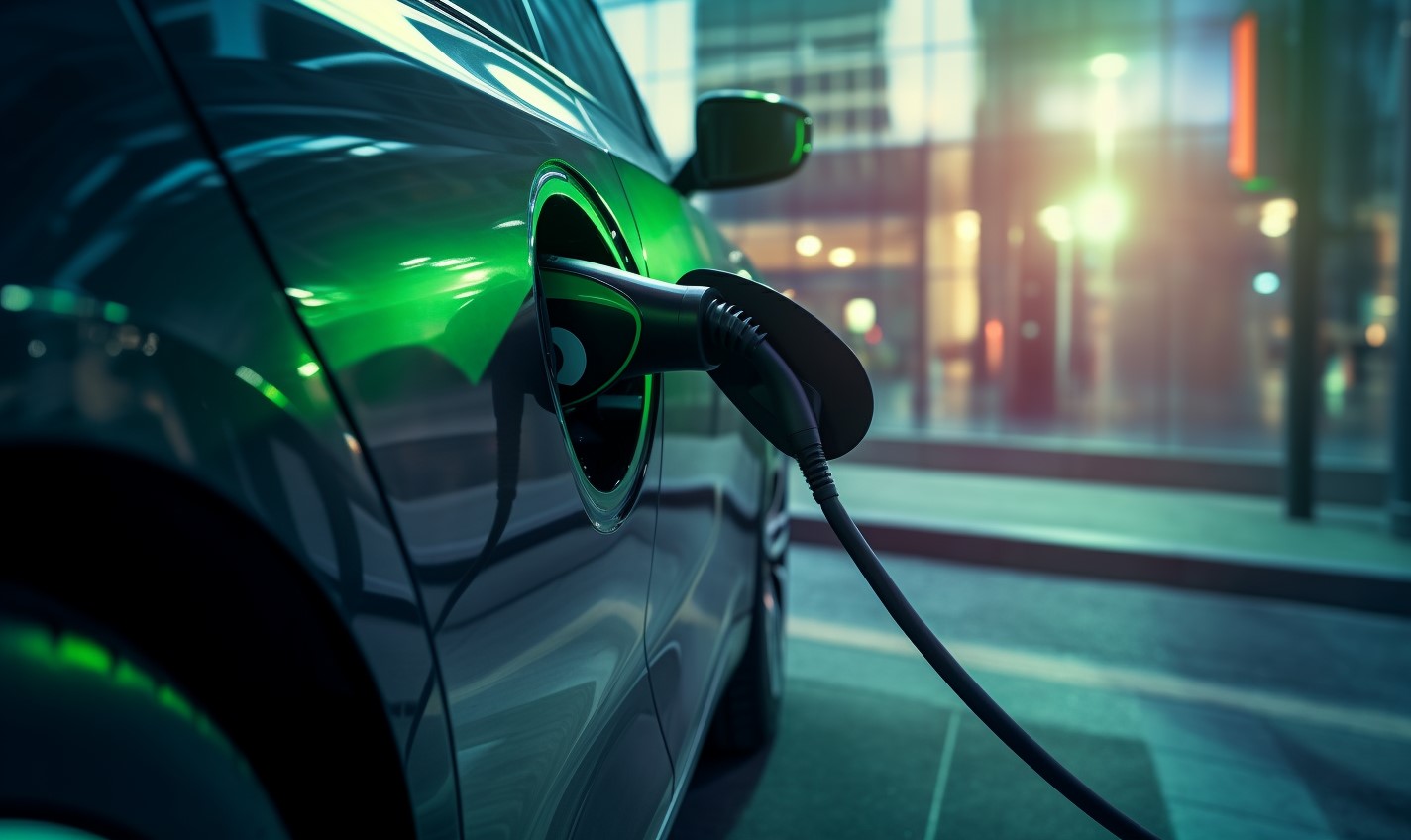Agriculture and farming are still very much considered to be human-driven industries. There are a lot of automated machines and processes, of that there is no question, but for every innovative solution, there are just as many manual labor operations in place. 3D robotics is one of them.
It’s admittedly difficult to imagine machines taking over the entire industry, doing things like picking various fruits and vegetables, sorting goods based on quality and freshness, or even seeding fields at the start of a season. And yet, all of these tasks can be handled by intelligent machines in many cases.
The merger of AI and 3D robotics has helped vastly improve the current state of the industry, with many systems taking over repetitive or nuanced processes. Overall, they help to improve efficiency and product quality while offering remarkably low-cost solutions.
Moreover, most farming tasks require intense physical effort and take place in extreme or even severe working environments. Standing out in the blistering sun day-after-day, hunched over picking vegetables or fruits is not just hard work, it’s damaging to the body.
3D robots offer a safer, more efficient and cost-friendly solution to such problems. Here are some of the ways the technology is transforming the farming and agriculture field.
Enhanced Surveillance
Fields and properties are vast, so much that it can eat a lot of time moving from one section to another even in a vehicle. But when there’s something wrong with crops, irrigation systems or pests, farmers and field hands must go directly to the source.
Drones can help speed up and enhance the process by offering aerial views of a property, as well as more pointed site surveillance. With a drone, for example, farmers can identify hotspots before they head out into the field, allowing them to identify where exactly they’re needed.
Drones can also be used to spot varying problems, using things like crop color difference, growth patterns, size and more. The best part is that they can either be controlled remotely or automated with little to no human input.
As the buy-in rates decrease and drones become more capable, they’ll also become a much more viable solution in the agriculture field. The emergence of 5G mobile networks and the reliance drones have on wireless networks will play a big role in the adoption and development of the technology, as well.
Addressing the Labor Shortage
In a lot of industries, there are rumblings about how modern AI and robotics are going to take away jobs and replace people entirely. While that’s not likely to happen anytime soon in agriculture and farming, the technology is addressing one growing problem in regards to people: an industry labor shortage.
The U.S. alone has seen a huge decrease in the number of available agricultural workers. But the good news is that many new robotics solutions are entering the scene to handle new and necessary tasks.
Harvest CROO Robotics, for example, offers crop-harvesting robots. Others still offer similar solutions, to handle irrigation, seeding, maintenance and more.
Market analysis shows a wave of robotics that will help deal with the labor crunch, specifically reducing wages and related costs.
Data-Based Plant Care
A lot of emphases is placed on the seeding and development of crops, as well as harvesting at the end of the season, but what about everything in between? There’s a lot of maintenance and care that goes into raising crops properly. Traditionally, farmers and field hands would take care of this, moving from segment to segment in a rather tedious, manual practice.
Today, however, robots exist that can handle the care and upkeep all on their own. Fendt’s Xaver robot can actually plant, fertilize and care for corn. Blue River Technology offers the See & Spray robot which eliminates weeds effectively. Pellenc’s grape-harvesting vehicle can gather 15 to 20 tons of grapes per hour.
As these new solutions are made available, there’s one element that will tie them all together: data. They will use massive amounts of information to assess, react and manipulate the environment around them.
Something like an irrigation-oriented robot will need to take into account water levels, forecasts and weather, crop types, and even soil stats. It’s a more data-driven system that also calls for the devices and tools to help collect and report the necessary information.
3D Robotics Will Improve Crop Yield and Efficiency
Although the agriculture industry faces many challenges ahead — the looming labor shortage is just one obstacle — the emergence of newer, smarter technologies like modern robotics and AI will help improve the situation.
Ultimately, they will also boost crop yields and operational efficiency by improving upon traditional, manual-driven processes. This is just in time too, as there’s already a massive demand for food that continues to grow more every day.
Through these advanced systems, the industry will realize labor, cost and time savings as well as new, improved ways to achieve various tasks. Agricultural robots can and will take over tasks like seeding, maintenance and care, harvesting, and even distribution of various foods and goods.
Recent Stories
Follow Us On
Get the latest tech stories and news in seconds!
Sign up for our newsletter below to receive updates about technology trends














